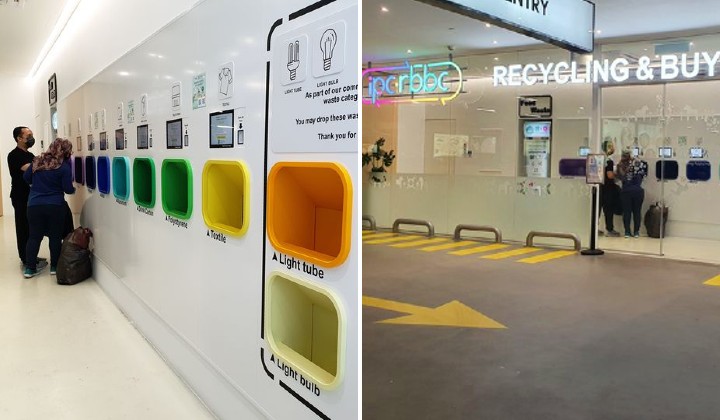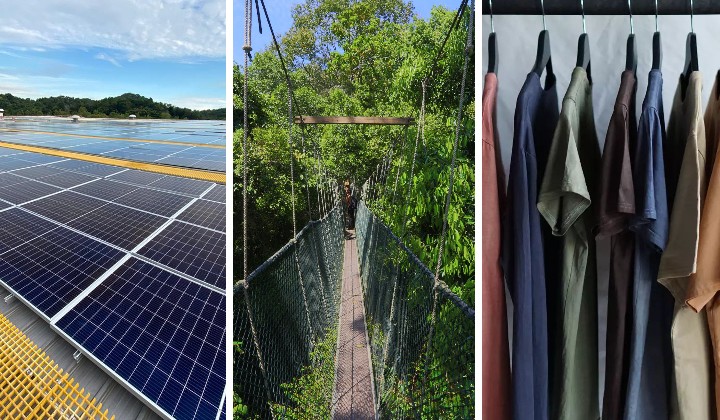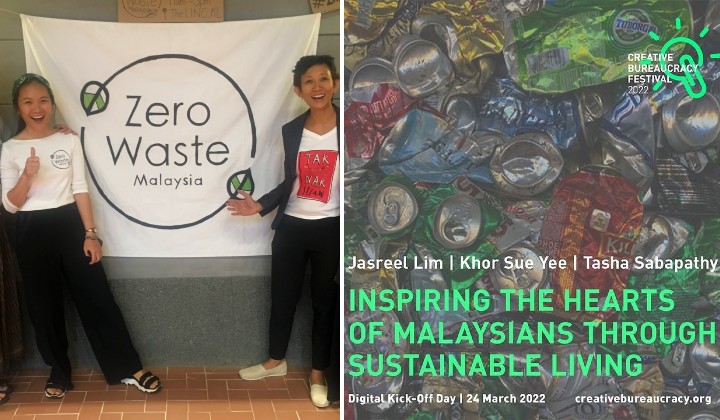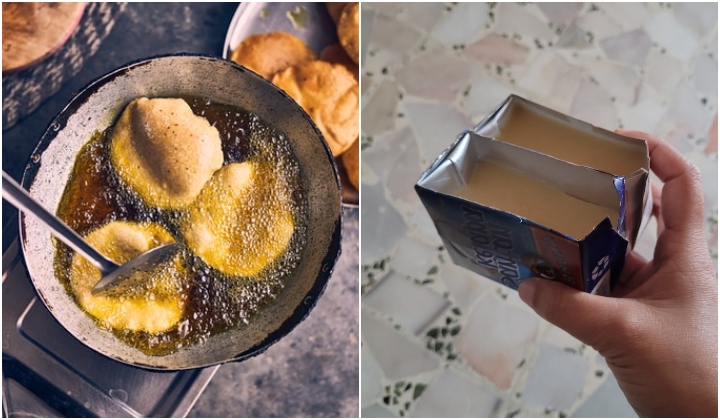Why Are Your Gifts Being Wrapped In Just Cloth Nowadays?
Furoshiki is a Japanese gift-wrapping style that uses only cloth.
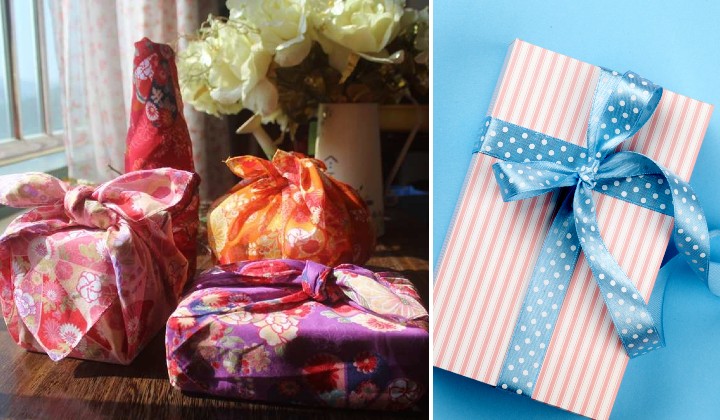
Subscribe to our Telegram channel for the latest stories and updates.
If you’ve been receiving gifts recently, you may have noticed that some of them are coming wrapped in cloth instead of the usual paper bags or paper boxes.
Now before you think that this is simply another cheapskate marketing ploy, cloth as gift wrappers is actually a culturally important tradition, particularly in Japan where it is known as furoshiki!
The Japanese method of cloth-wrapping has recently seen a revival because of the beautiful intricate cloths used, the convenience of always having the perfect gift wrap, and– most importantly– the reusable notion that appeals to the environmentally-conscious.
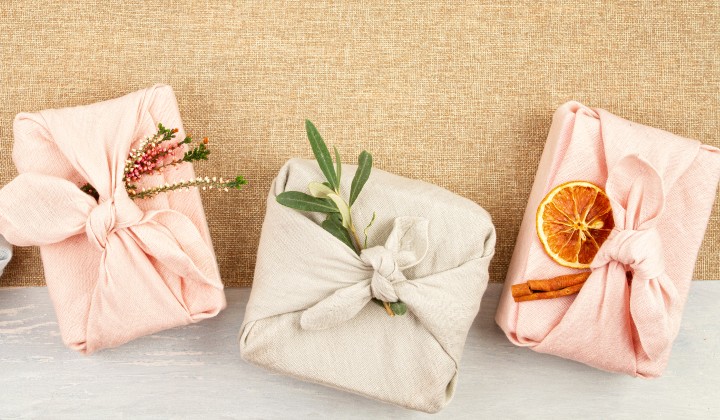
(Credit: Envato)
As more communities around the world turn to more eco-friendly options, furoshiki has seen a growing adoption not just in Japan, but globally.
Wrapping gifts in cloth isn’t exclusively a Japanese thing, however. In fact, Malaysia makes good use of our own beautiful batik cloths to wrap gifts such as the dowry for Malay marriages, where such gifts are presented and displayed.
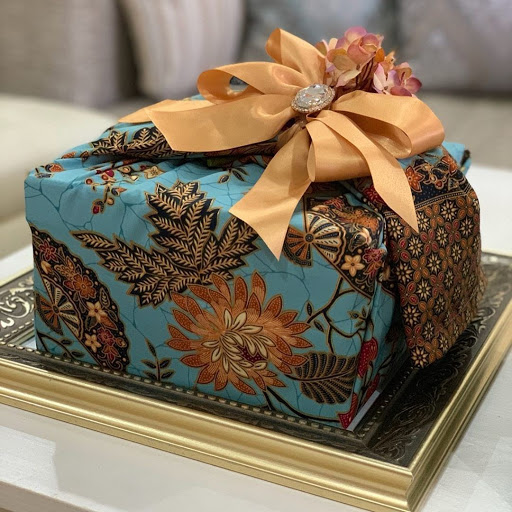
(Credit: Nikahsatu.com)
What You Can Use It For (Spoiler: Everything)
The good thing about furoshiki is that you no longer need to struggle to find the perfect sized box or bag, because the furoshiki can wrap anything from boxes to bottles and oddly-shaped items.
Many wrapping methods leave a kind of knotted handle that allows for easy carrying, so all you really need is just the gift and the fabric. (And in traditional Japanese culture, the furoshiki cloth is returned to the gifter!)
How To Wrap Anything
The furoshiki cloth is typically in a large square (about 70-90cm wide) made of sturdy yet pretty cloth. While you can technically use any kind of fabric you have lying around, different fabrics lend a different touch to the end product.
Lighter fabrics such as cotton or muslin are easier to handle and feel nicer. Due to their soft fabric, they also leave smaller knots, which makes for a neater appearance. However, also due of the silkiness of their fabric, knots need to be tied firmly to prevent from unravelling.
As a general rule, you will want to place your item in the middle of the cloth then tie the opposing ends of each corner together. It will take some time and practice to ensure that your knots are equal and neat, but since there’s no need for tape or paper, feel free to try as many times as you want!

(Credit: Anne Dorall/TRP)
There are plenty of tutorials online that show you the step-by-step details, but there really isn’t a “wrong way” to wrap gifts with furoshiki as long as it looks pretty and gets its job done.
Once you are done, be sure to hold the gift by its handle to determine if the knots are secured and if the cloth needs adjusting.
How It Started
Just a few decades ago, we didn’t have plastic bags or fancy paper gift wrap or pretty paper bags. Back then, when people wanted to transport things, it was usually carried with sacks or baskets.
The Japanese were the same, carrying their things bound in cloth.
But the Japanese have always been particular about pretty things and packaging, a focus that you can still see in modern Japanese packaging today. While today it is often many layers of plastic packaging, back then it was with exquisite quality cloth.
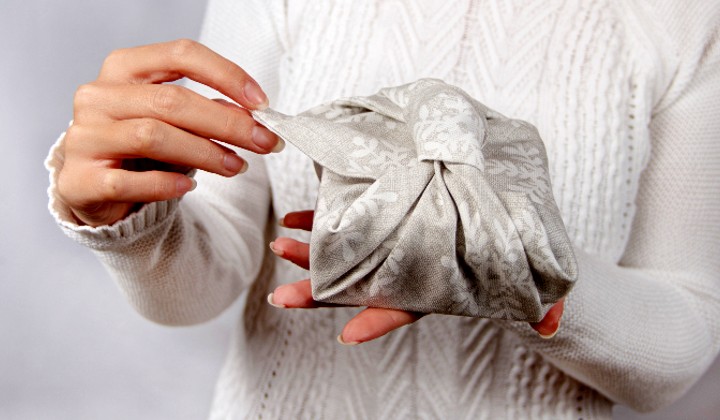
(Credit: Envato)
Furoshiki differs from regular cloth due to the workmanship of the cloth material and things like the thickness, design, and hemline. Thousands of years ago, the best cloth was used to wrap and carry precious items such as religious artifacts in temples.
Later on, it grew in usage and popularity. Rich and noble families would have furoshiki cloths made with their family crest upon it. Then, common families adopted the practice with their own family name as a cloth design.
Now, you can easily find mass-produced furoshiki cloths online, in certain specialty stores like Daiso, or even make your own!
As the year-end gifting season approaches, maybe this year we can forego the struggle with wrapping paper and tape, and pick up this eco-friendly tradition instead.
Share your thoughts with us via TRP’s Facebook, Twitter, and Instagram.
Anne is an advocate of sustainable living and the circular economy, and has managed to mum-nag the team into using reusable containers to tapau food. She is also a proud parent of 4 cats and 1 rabbit.

